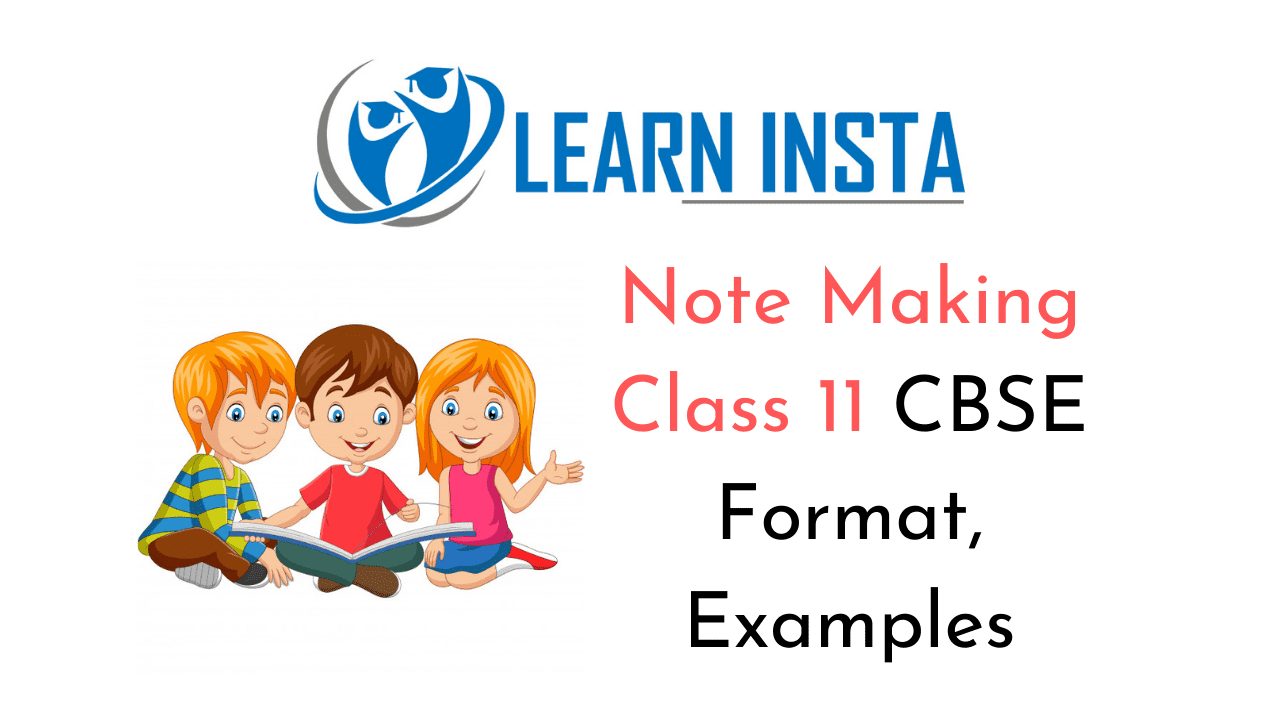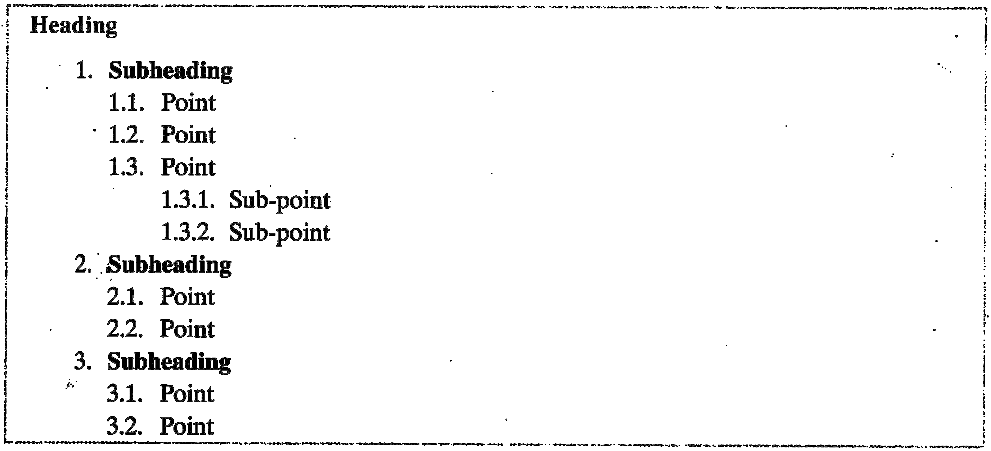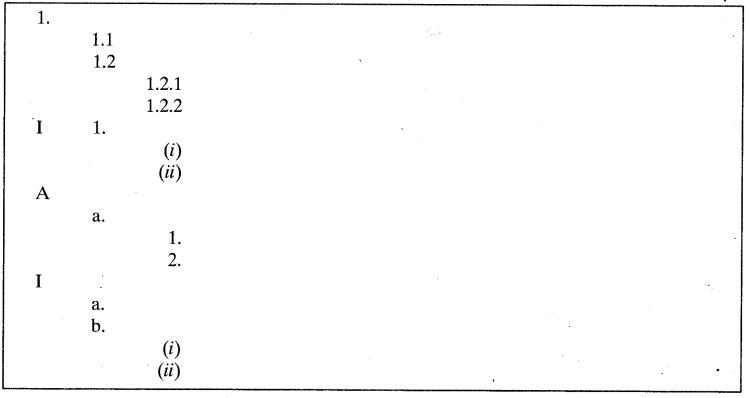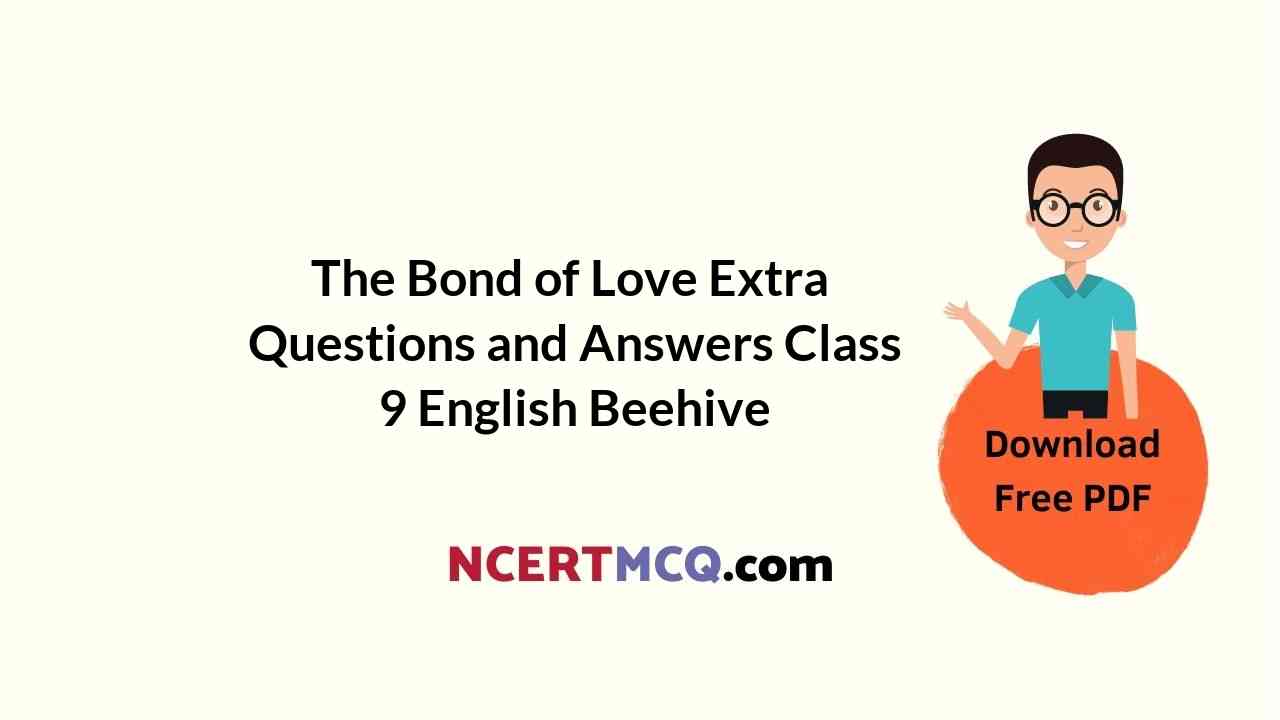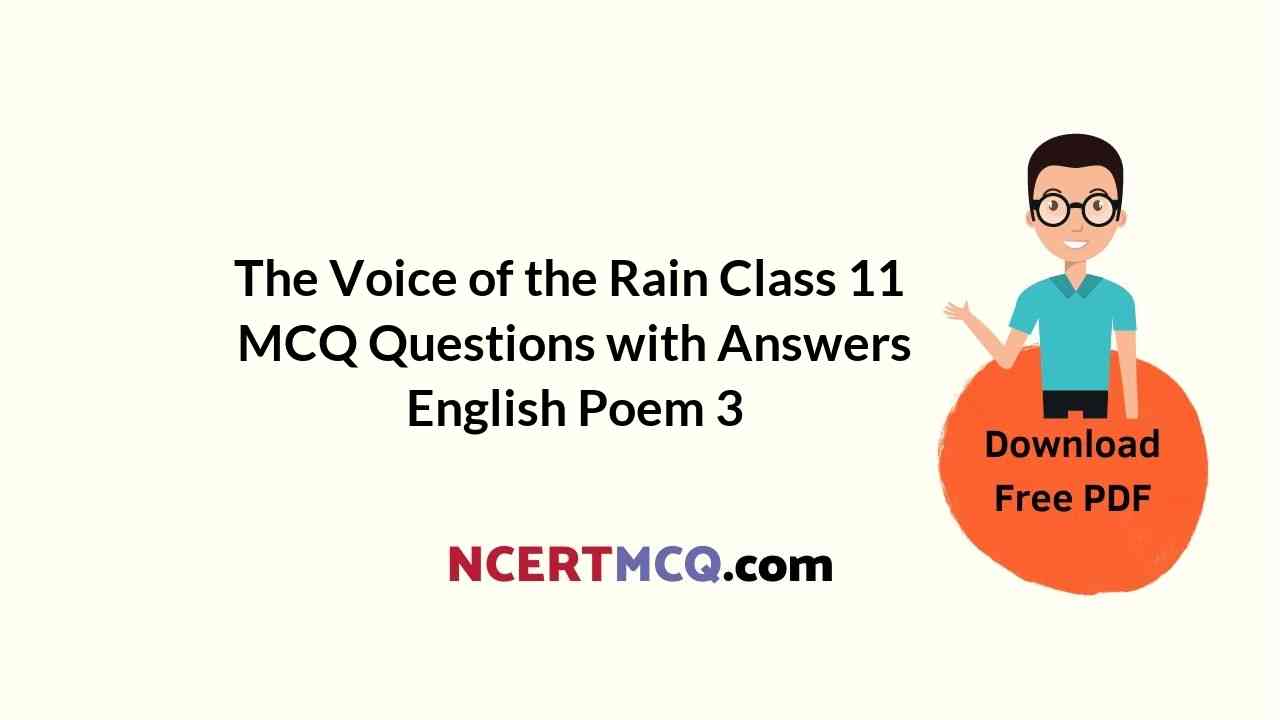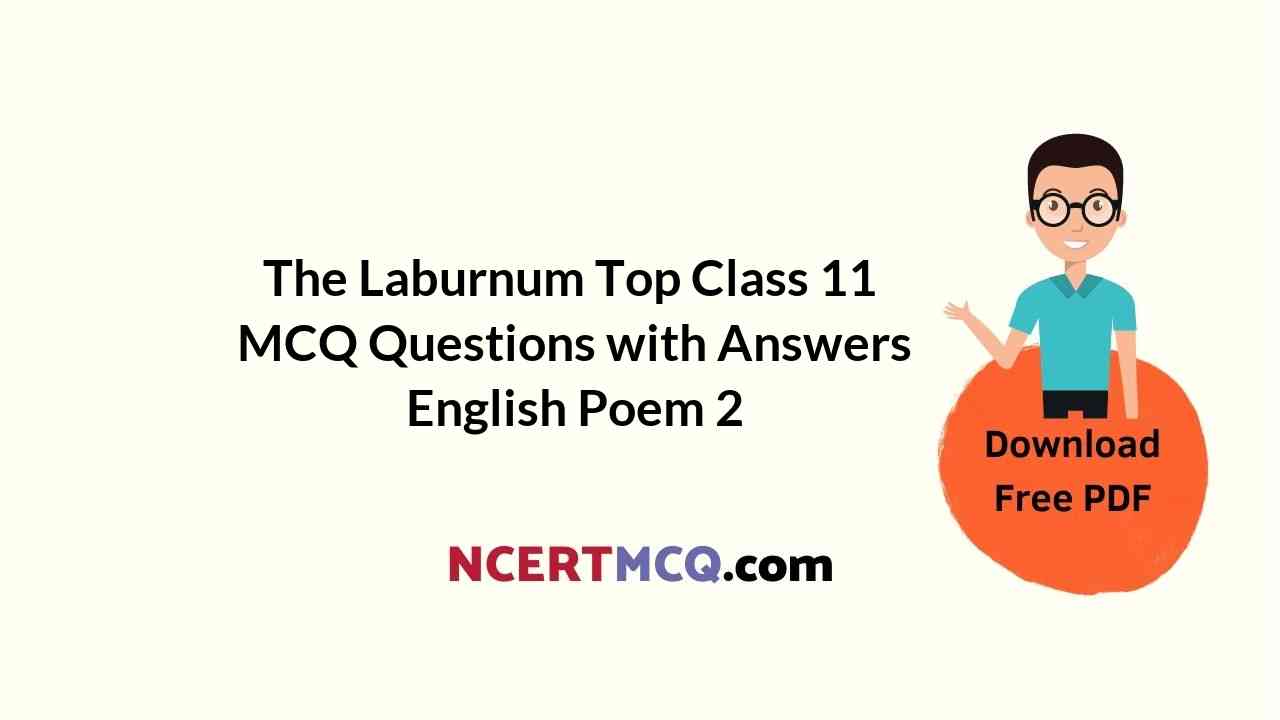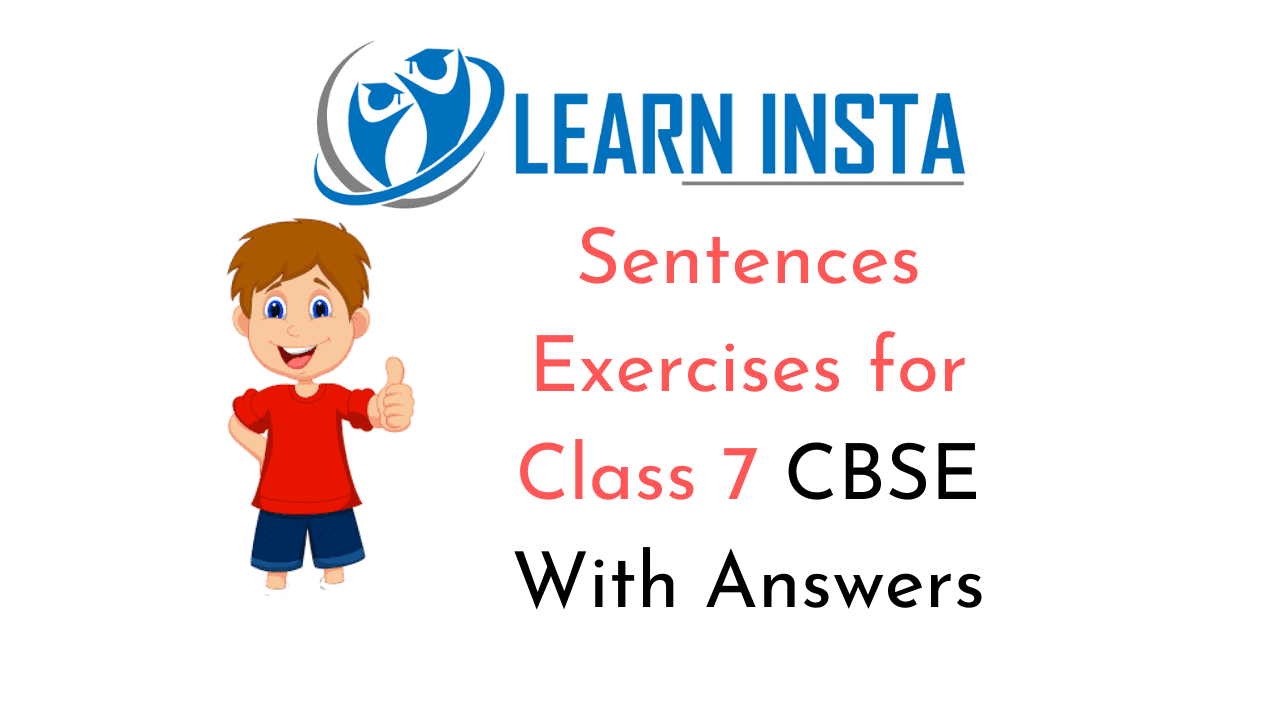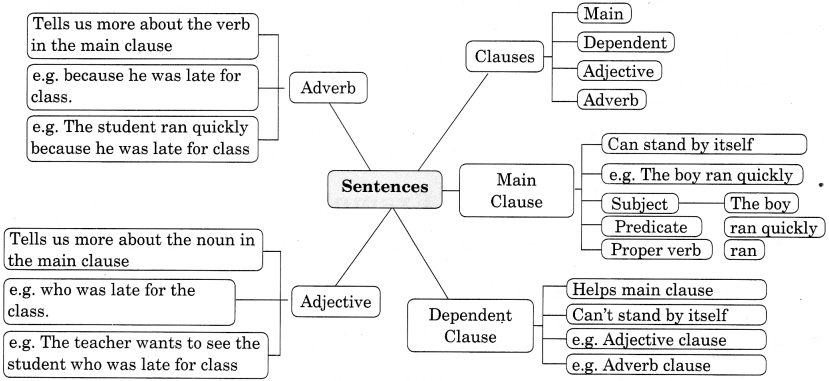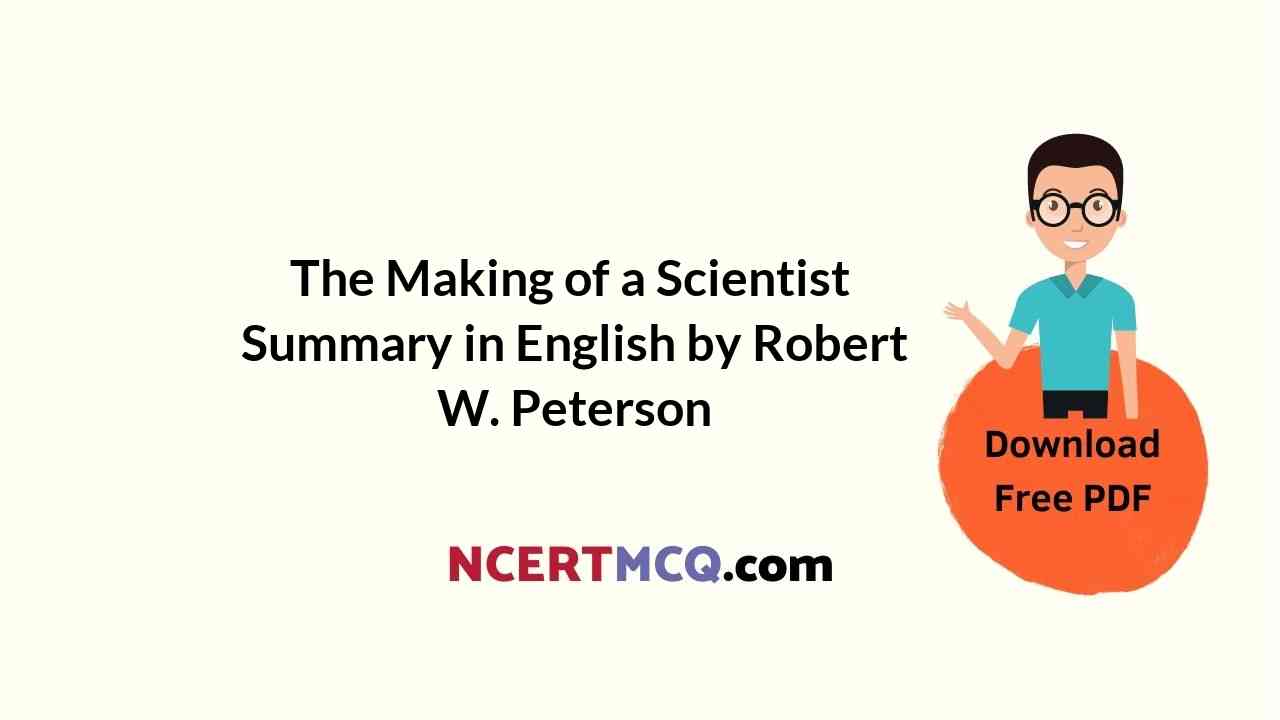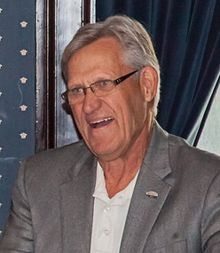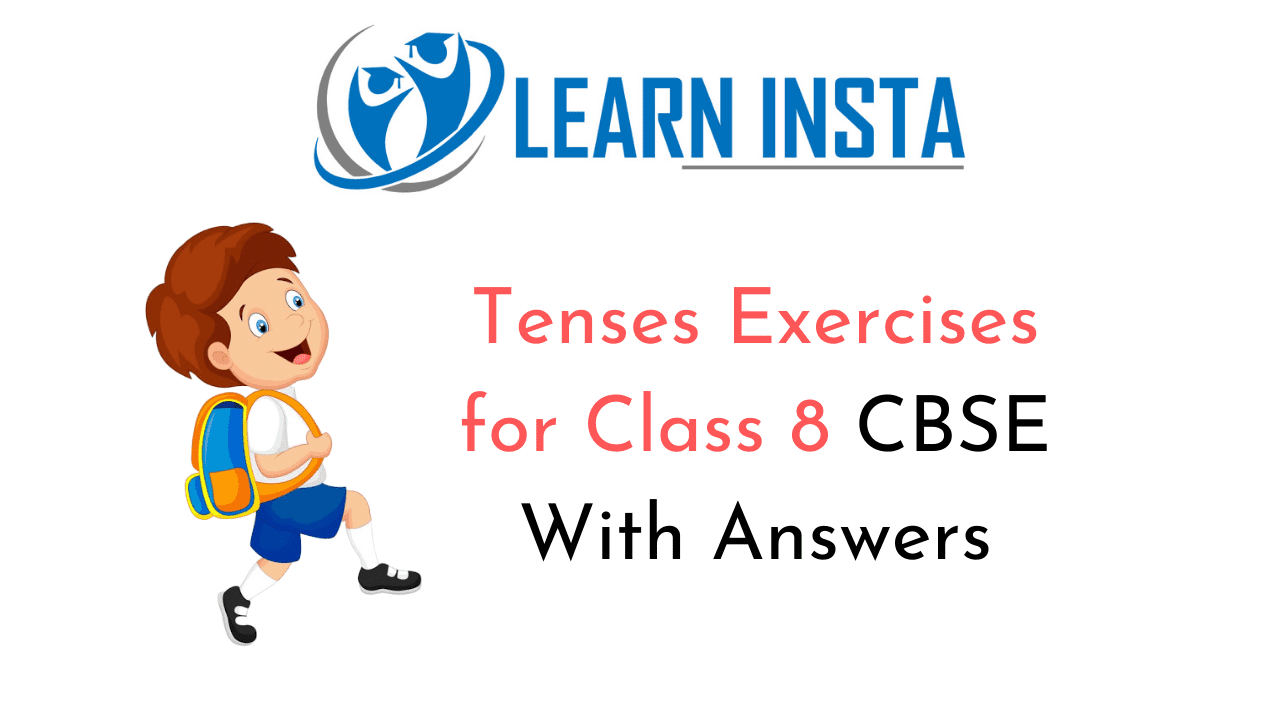Check the below Online Education NCERT MCQ Questions for Class 6 Sanskrit Chapter 11 पुष्पोत्सवः with Answers Pdf free download. MCQ Questions for Class 6 Sanskrit with Answers were prepared based on the latest exam pattern. We have provided पुष्पोत्सवः Class 6 Sanskrit MCQs Questions with Answers to help students understand the concept very well.
Students can also read NCERT Solutions for Class 6 Sanskrit Chapter 11 Questions and Answers at LearnInsta. Here all questions are solved with a detailed explanation, It will help to score more marks in your examinations.
अधोदत्तं गद्यांशं पठत प्रश्नान् च उत्तरत। (निम्नलिखित गद्यांश पढ़िए और प्रश्नों के उत्तर दीजिए।
Read the extract given below and answer the questions.
देहल्याः मेहरौलीक्षेत्रे ऑक्टोबर्मासे अस्य आयोजनम् भवति। अस्मिन् अवसरे तत्र बहुविधानि
पुष्पाणि दृश्यन्ते। परं प्रमुखम् आकर्षणं तु अस्ति पुष्पनिर्मितानि व्यजनानि।
Class 6 Sanskrit Chapter 11 MCQ Question 1.
पुष्पोत्सवस्य आयोजनं कदा भवति?
Answer
Answer: ऑक्टोबर्मासे
Class 11 Sanskrit MCQ Questions Question 2.
अस्मिन् अवसरे बहुविधानि कानि दृश्यन्ते?
Answer
Answer: पुष्पाणि
पुष्पोत्सवस्य आयोजनं कदा भवति Answer Question 3.
पुष्पोत्सवस्य आयोजनं कुत्र भवति?
Answer
Answer: पुष्पोत्सवस्य आयोजनं देहल्याः मेहरौलीक्षेत्रे भवति।
Question 4.
अत्र प्रमुखम् आकर्षणम् किम्?
Answer
Answer: अत्र प्रमुखम् आकर्षणम् अस्ति पुष्पनिर्मितानि व्यजनानि।
Question 5.
यथानिर्देशम् रिक्तस्थानपूर्तिं कुरुत

Answer
Answer:

Question 6.
विलोमपदं चित्वा लिखत- अत्र
Answer
Answer: तत्र
Question 7.
परस्परमेलनं कृत्वा लिखत।
(क) अस्मिन् – आकर्षणम्
(ख) बहुविधानि – व्यजनानि
(ग) प्रमुखम् – पुष्पाणि
(घ) पुष्पनिर्मितानि – अवसरे
Answer
Answer:
(क) अस्मिन् – अवसरे
(ख) बहुविधानि – पुष्पाणि
(ग) प्रमुखम् – आकर्षणम्
(घ) पुष्पनिर्मितानि – व्यजनानि
मञ्जूषायाः सहायतया गद्यांशं पूरयत। (मञ्जूषा की सहायता से गद्यांश पूरा कीजिए।)
Complete the extract with help from the box.
क्रीडाः, जनान्, उत्सवः, प्रचलति, दिवसेषु । अयम्
(i) ………….. दिवसत्रयम् यावत् प्रचलति। एतेषु (ii) …………… पतङ्गानाम् उड्डयनम्, विविधाः (iii)………….. मल्लयुद्धम् चापि (iv) …………….. विगतेभ्यः द्विशतवर्षेभ्यः पुष्पोत्सवः (v) ……………… आनन्दयति।
Answer
Answer:
(i) उत्सवः
(ii) दिवसेषु
(iii) क्रीडाः
(iv) प्रचलति
(v) जनान्।
कोष्ठकदत्तशब्दे उचितां विभक्ति प्रयोज्य वाक्यानि पूरयत। (कोष्ठक में दिए गए शब्दों में उचित विभक्ति का प्रयोग करके वाक्य पूरे कीजिए।)
Using the correct case ending in the word given in bracket, complete the sentences.
(क) बालकाः ………….. तरन्ति। (तरणताल – एकवचन)
(ख) मयराः ……………. नृत्यन्ति। (उपवन – एकवचन)
(ग) ……………. कमलानि शोभन्ते। (सरोवर – बहुवचन)
(घ) ………….. वानरः कूर्दीति। (वृक्ष – एकवचन)
(ङ) जनाः …………… वसन्ति। (गृह – बहुवचन)
Answer
Answer:
(क) तरणताले
(ख) उपवने
(ग) सरोवरेषु
(घ) वृक्षे
(ङ) गृहेषु।
संस्कृतपर्यायं लिखत। (संस्कृत पर्याय लिखिए।)
Give the Sanskrit equivalent.
1. (i) घोंसलों में …………… (नीड)
(ii) बेल पर ……………. (लता)
(iii) खेल के मैदान में ……………. (क्रीडाक्षेत्रे)
(iv) विद्यालय में …………… (विद्यालय)
(v) दोनों मार्गों में ……………. (मार्ग)
Answer
Answer:
(i) नीडेषु
(ii) लतायाम्
(iii) क्रीडाक्षेत्रे
(iv) विद्यालये
(v) मार्गयोः।
2. (i) (वे सब) रहते हैं। …………… (वस्)
(ii) (वे दो) खेलते हैं। ……………. (खेल)
(iii) (वे सब) खिलते हैं। …………… (विकस्)
(iv) भ्रमण करते हैं (हम दोनों) …………….. (भ्रम्)
(v) पढ़ते हो (तुम दोनों) ………………. (पठ्)
Answer
Answer:
(i) वसन्ति
(ii) खेलतः
(iii) विकसन्ति
(iv) भ्रमावः
(v) पठथः।
3.
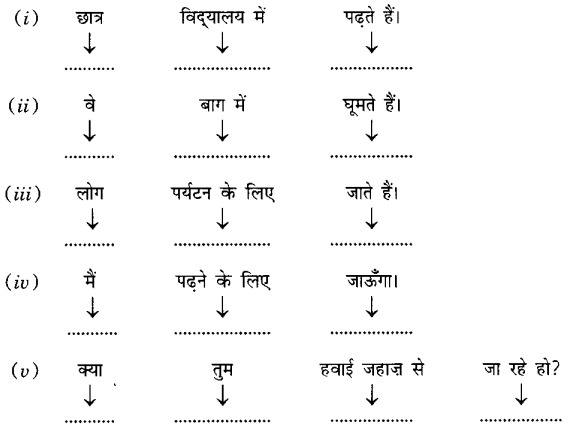
Answer
Answer:
(i) छात्राः विद्यालये पठन्ति।
(ii) ते उद्याने भ्रमन्ति।
(iii) जनाः पर्यटनाय गच्छन्ति।
(iv) अहं पठनाय गमिष्यामि।
(v) किम् त्वम् वायुयानेन गच्छसि?
उचितं विकल्पम् चित्वा वाक्यपूर्तिं कुरुत। (उचित विकल्प चुनकर वाक्यपूर्ति कीजिए।)
Pick out the correct option and complete the sentences.
1. (i) ……………. अङ्गानि सन्ति। (शरीरम्, शरीरे, शरीराणि)
(ii) छात्राः ……………… प्रयोगम् कुर्वन्ति। (प्रयोगशालाम्, प्रयोगशाले, प्रयोगशालायाम्)
(iii) ………. उद्यमेन सिध्यन्ति। (कार्याः, कार्यम्, कार्याणि)
(iv) …………. सर्वम् कुशलम् अस्ति। (गृहम्, गृहे, गृहेण)
(v) त्वम् …………… गच्छसि? (स्नानम्, स्नाने, स्नानाय)
Answer
Answer:
(i) शरीरे
(ii) प्रयोगशालायाम्
(ii) कार्याणि
(iv) गृहे
(v) स्नानाय।
2. (i) …………….. भ्रमराः गुञ्जन्ति। (पुष्पाणि, पुष्पाणाम्, पुष्पेषु)
(ii) मार्गे ……………… चलन्ति। (वाहनम्, वाहने, वाहनानि)
(iii) कृषकाः ……………… कार्यं कुर्वन्ति। (क्षेत्राणि, क्षेत्रेषु, क्षेत्रम्)
(iv) देवालयेषु घण्टानादः ……………… (भवति, भवतः, भवन्ति)
(v) वयम् विमानेन ………….. गमिष्यामः। (विदेश, विदेशेन, विदेशम्)
Answer
Answer:
(i) पुष्पेषु
(ii) वाहनानि
(iii) क्षेत्रेषु
(iv) भवति
(v) विदेशम्।
We hope the given NCERT MCQ Questions for Class 6 Sanskrit Chapter 11 पुष्पोत्सवः with Answers Pdf free download will help you. If you have any queries regarding CBSE Class 6 Sanskrit पुष्पोत्सवः MCQs Multiple Choice Questions with Answers, drop a comment below and we will get back to you soon.

